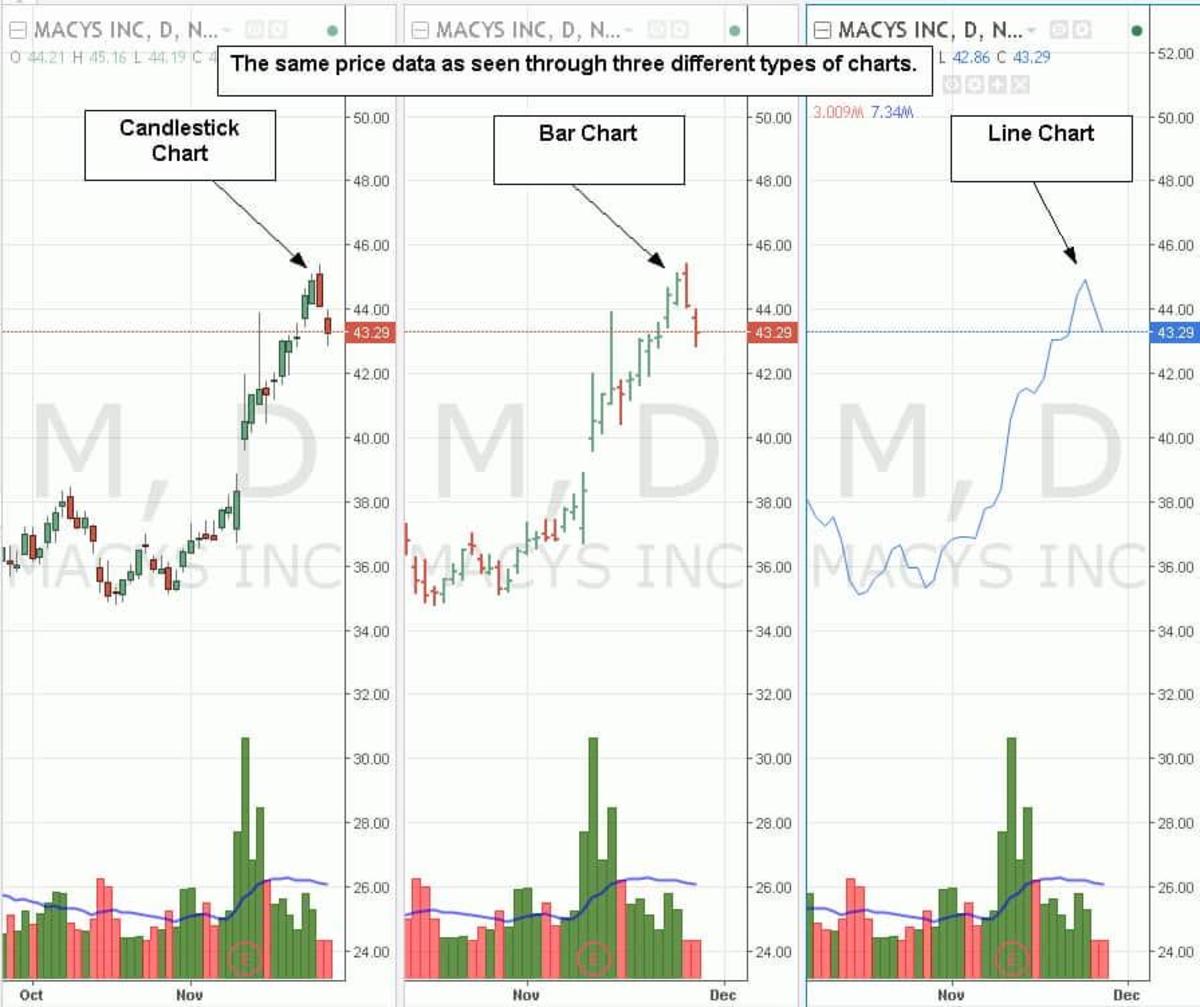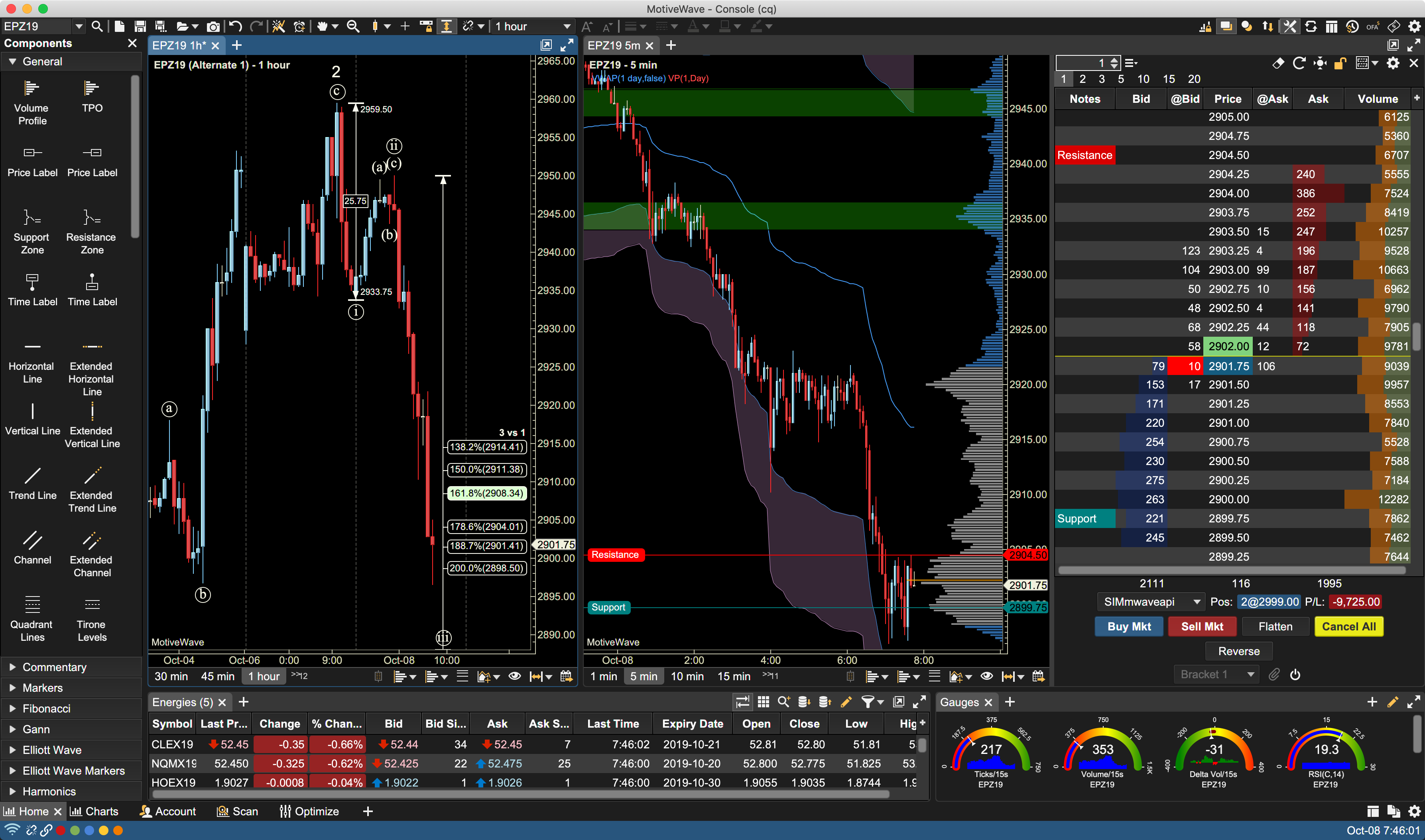The stock market is certainly the base for building wealth. From multinational companies to individual traders, millions of folks count on it in order to grow their assets and achieve make more money. Although success in stock trading doesn’t discover luck—it demands knowledge, planning, and discipline.
This specific comprehensive guide is exploring the most successful stock market strategies for equally beginners and more advanced traders. It highlights technical analysis, risk management, plus actionable techniques such as swing trading, day trading, and trend-following. You'll figure out how to read charts, make use of technical indicators, analyze price movements, in addition to execute stock trades with confidence.
1. Learning the Basics associated with the Stock Market
Ahead of diving into advanced trading strategies, it’s crucial to recognize how the stock market works.
What is a stock?
A stock signifies ownership in some sort of company. When an individual buy a share, you purchase a compact piece of that business.

What is definitely the stock market?
The particular stock market is really a market place where stocks usually are bought and offered through exchanges like the NYSE and NASDAQ.
Why do stock prices modification?
Stock prices change based on provide and demand, affected by news, earnings reports, economic signals, and investor emotion.
Understanding these stock market basics is imperative before using any investment strategy.
two. The potency of Technical Research
Technical analysis involves studying historical price data and volume level trends to prediction future price moves. It’s one involving the most widely used methods in stock trading.
Popular technical resources:
Moving Averages (MA) – Help identify the direction of any trend.
MACD – Signals momentum and even trend reversals.
RSI (Relative Strength Index) – Indicates overbought or oversold conditions.
Bollinger Bands – Measure market unpredictability.
Fibonacci Retracement – Helps identify possible pullback levels.
Understanding these tools increases your technical trading strategy.
3. Recognizing Graph and or chart Styles
Chart designs are visual illustrations of price moves that help anticipate future trends.
Standard chart patterns:
Mind and Shoulders – Indicates a trend reversal.
Double Top/Bottom – Shows assistance or resistance.
Triangles – Often transmission a continuation involving the current pattern.
Flags and Pennants – Mark initial consolidation before a breakout.
These habits are essential to building a prosperous chart analysis technique.
4. Multi-Timeframe Evaluation
Multi-timeframe analysis consists of using multiple graph and or chart intervals (e. gary the gadget guy., monthly, weekly, daily) to validate trends and refine entries.
Monthly/Weekly charts – Show long-term marketplace direction.
Daily chart – Highlight move trade opportunities.
Intraday charts – Greatest for day trading setups.
This layered approach helps eliminate fake signals and enhances trade accuracy.
5. Understanding Volume in Trading
Volume shows how many gives are traded during a given time and helps confirm typically the strength of the trend.
Volume indicators:
On-Balance Volume (OBV) – Measures buying/selling stress.
Volume Moving Regular – Smooths spikes to show legitimate interest.
Accumulation/Distribution Collection – Detects institutional activity.
High volume level with price movements confirms a robust market trend.
a few. Swing Trading compared to. Daytrading
Both usually are popular short-term investing strategies with diverse styles:
Swing Stock trading:
Holds trades intended for 1–10 days
Uses chart patterns and even technical indicators
Ideal for people with restricted screen period
Day Trading:
Closes opportunities within the identical day
Focuses on intraday unpredictability
Requires speed, focus, and even real-time research
Both rely on understanding support and weight and using tools like RSI plus MACD.
7. Large Trading and Impetus Approach
These strategies strive for quick profits through rapid market movements.
Breakout Stock trading:
Enters on value breakout from a consolidation region
Concurs with using strong amount
Uses stop-loss just below breakout level
Momentum Trading:
Focuses on stocks with solid price action
Uses RSI, stochastic oscillators, in addition to volume scanners

Well suited for traders chasing pre-market movers
8. Learning Risk Management
No more strategy succeeds without having solid risk handle.
Risk rules:
Risk only 1–2% for each industry
Maintain the minimum 1: a couple of risk-to-reward ratio
Use stop-loss orders constantly
Avoid revenge investing
Protecting capital is usually more important compared to chasing big is the winner.
9. The Part of Trading Psychology
Your mindset should be in long-term investing success.
Discipline – Stick to your trading psychology prepare
Tolerance – Await top quality setups
Confidence – Trust your technical analysis
Resilience – Study from losses with no overreacting
Keeping a new trading journal assists improve your psychological control and consistency.
10. Combining Technological and Fundamental Examination
Combining both analysis methods enhances your own overall trading effects.
Use fundamentals (e. g., earnings, earnings, debt) to get sturdy stocks
Use specialized indicators to moment your entries in addition to exits
This hybrid approach is ideal for extensive investors and job traders.
11. Perfect Technical Indicators intended for Stock Traders
Indicator Purpose
MACD Trend and momentum analysis
RSI Identifies overbought/oversold
Bollinger Bands Measures movements
Volume Profile Shows large activity price amounts
Fibonacci Retracement Predicts retracement amounts
Use these kinds of in combination in order to improve technical approach performance.
12. Setting up Your Own Investing Strategy
Your investing system should arrange with your schedule, money, and risk ceiling.
Trading strategy design:
Market filter: Simply trade stocks using high volume plus liquidity
Setup standards: Define your ideal trade pattern or indicator indicators
Access trigger: What agrees with your sell or buy activity
Stop-loss rule: Defends against large loss
Exit plan: Arranged a profit targeted or trailing cease
Always test your own system which has a trial account first.
13. Using Stock Screeners to Find Trades
Stock screeners save time by blocking thousands of tickers.
Top free screeners:
Finviz – Ideal for technical designs
TradingView – Real-time scans and alerts
Yahoo Finance – Great for selection by fundamentals
Example filters:
Volume > 1 million
Price > $5
RSI < 30 (oversold setup)
14. How you can Track Your Trades and Performance
Hold a trade journal with:
Entry plus exit points
Method used
Profit or perhaps loss
Screenshots regarding setup charts
Take a look at trades weekly to discover winning patterns and improve your effects.
15. Final Views: From Theory in order to Execution
Success throughout the stock market is not about predicting—it’s about preparing. By implementing proven stock trading methods, staying disciplined, plus adapting to marketplace conditions, offer on your own the best possiblity to build sustainable wealth.
Key reminders:
Always trade with a plan
Let data direct you, not emotion
Training and improve regularly
Prioritize risk management
